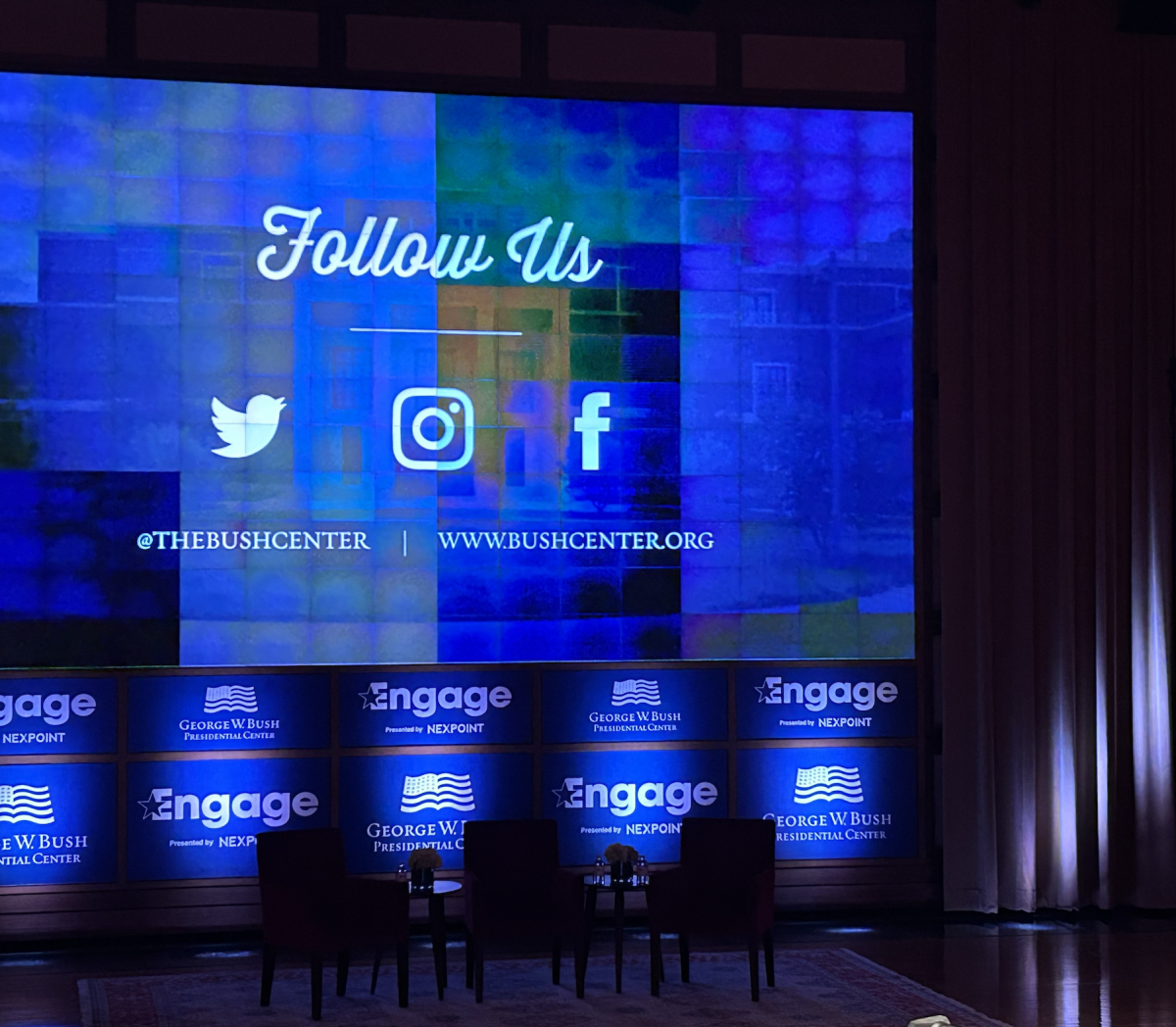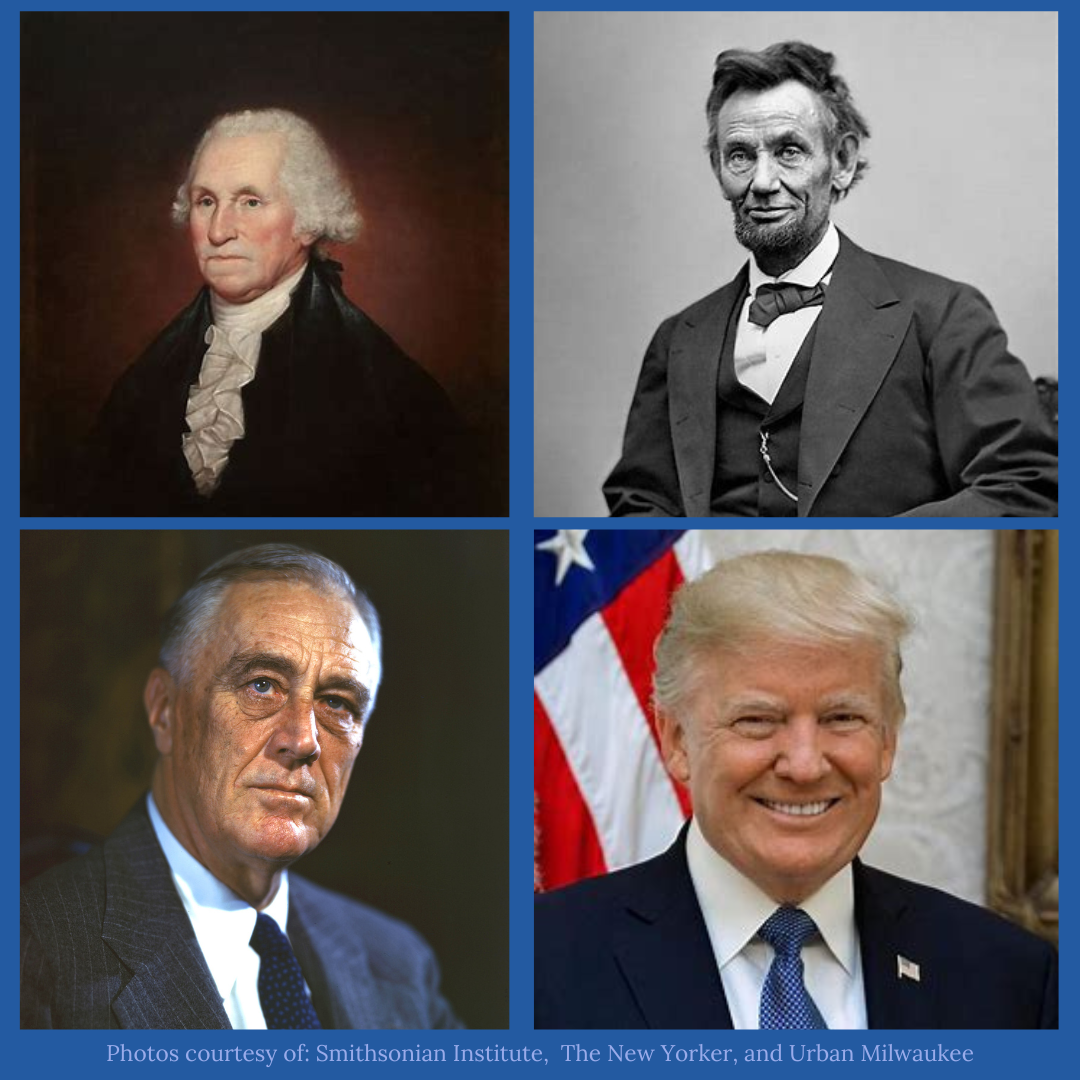
The first clause of the First Amendment to the U.S. Constitution reads, “Congress shall make no law respecting an establishment of religion, or prohibiting the free exercise thereof.” In theory, the Amendment is simple: the government cannot promote particular religious behavior, nor can it prevent you from freely practicing your own religion.
However, in practice, there are tensions in the liberty that these two components of the amendment espouse. The Supreme Court did not codify Thomas Jefferson’s “Wall of Separation” metaphor until 1947 in a case called Everson v. Board of Education, but that represented not an end but a beginning into intense constitutional questions about just how separate religion and the government should be.
Indeed, the “free exercise” and “establishment” components of the Amendment can sometimes directly conflict with one another, depending upon the person whose freedoms are being infringed. Consider a more recent Supreme Court case: Rosenberger v. University of Virginia, from 1995. In that case, Rosenberger, a student organization leader, asked the University of Virginia for funds to subsidize the publication of a campus religious newsmagazine. UVa, as a public university, prohibited the use of its funds for the promotion of religious organizations. Rosenberger brought suit alleging that the university’s policy amounted to viewpoint discrimination; after all, the school had no problem allotting funds to secular student organizations. In effect, Rosenberger felt that the school was abridging his right to freely exercise his religious beliefs.
The Court divided almost evenly on the question here, deciding the case 5-4 for Rosenberger. Nevertheless, the issue of “separationism” vs. free exercise hardly appears to be going anywhere. Religious exemptions to Obamacare’s contraception mandate have become a shibboleth for conservative Christians opposed to the law, and the Court is set to offer its first decision on the matter later this term.
The interesting thing about these more recent “free exercise” claims being brought before the Court is that, for the most part, they come from Christians, a religious group that can hardly be considered a discrete and insular minority in this country. The Supreme Court, in other free exercise cases, has not always been as sympathetic to such claims. Employment Division v. Smith, for example, held that a religious group’s right to free exercise was not abridged by the state of Oregon preventing them (or any citizens) from ingesting peyote, even if it was part of a religious ritual. This suit, unlike Rosenberger, was not brought by a group of Christians alleging religious discrimination by the government.
These kinds of tensions between the “free exercise” and establishment clauses of the First Amendment belie the country’s changing demographic (and religious) nature. Even though the “Wall of Separation” is an idea that stretches as far back as Jefferson, this country has always been a majority Protestant nation; today, that’s not necessarily true.
Like it or not, religion and politics will always intertwine, no matter what constitutional pronouncements the Court makes. The question becomes this: if the government must legislate from a secular perspective, must it lessen the abilities of Christians to effect their worldview in politics? I would tend not to think so, but then again, I disagree that secularism is a religion — someone who holds a different opinion might answer the question entirely differently.














